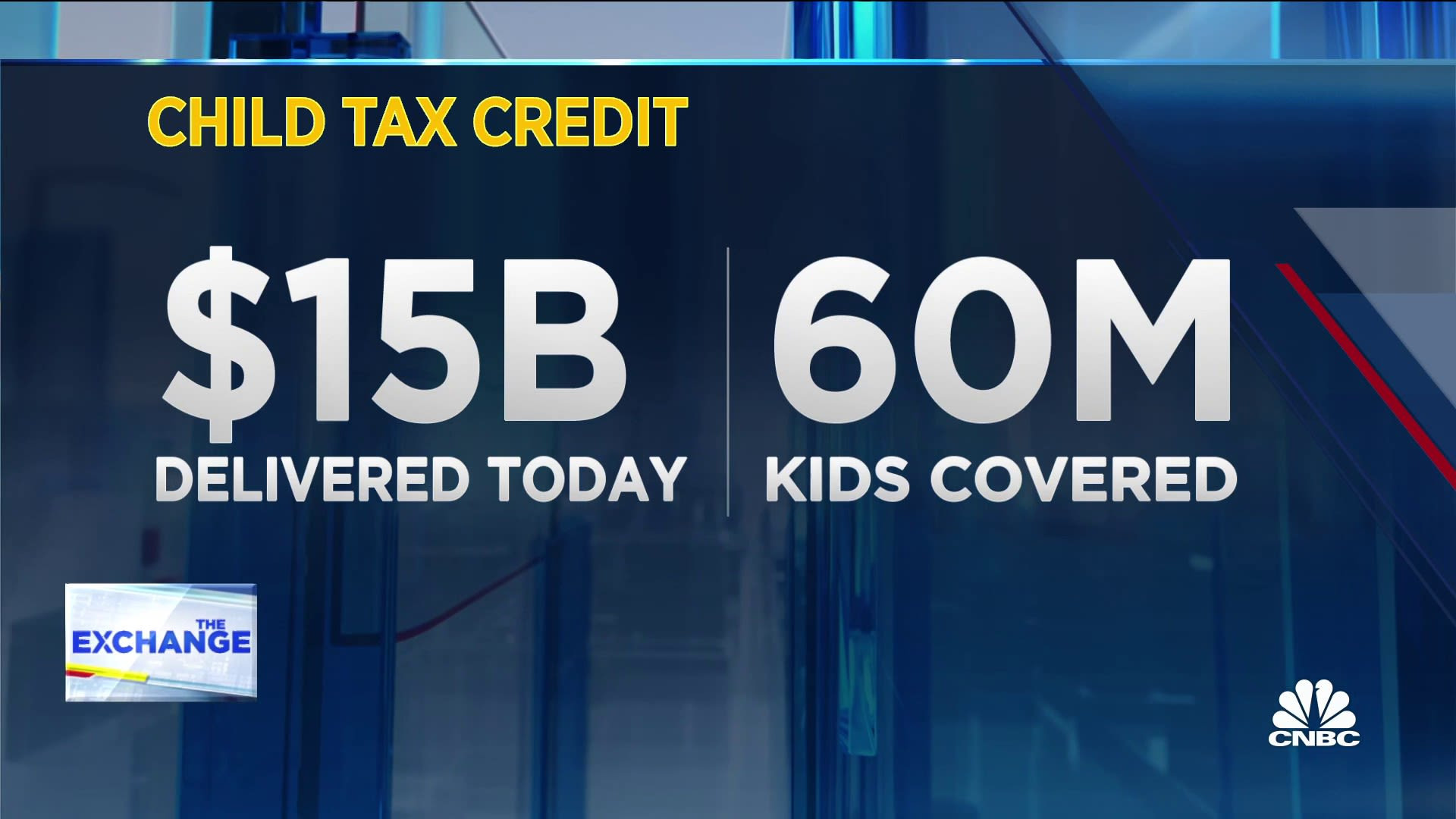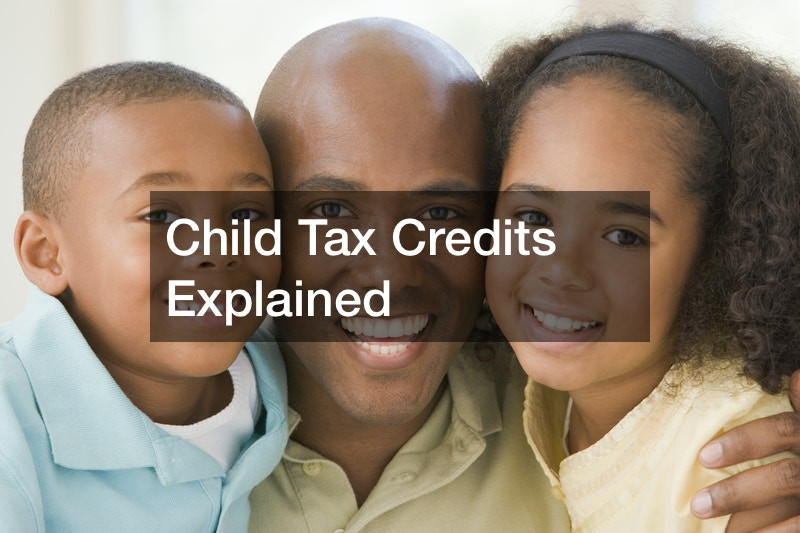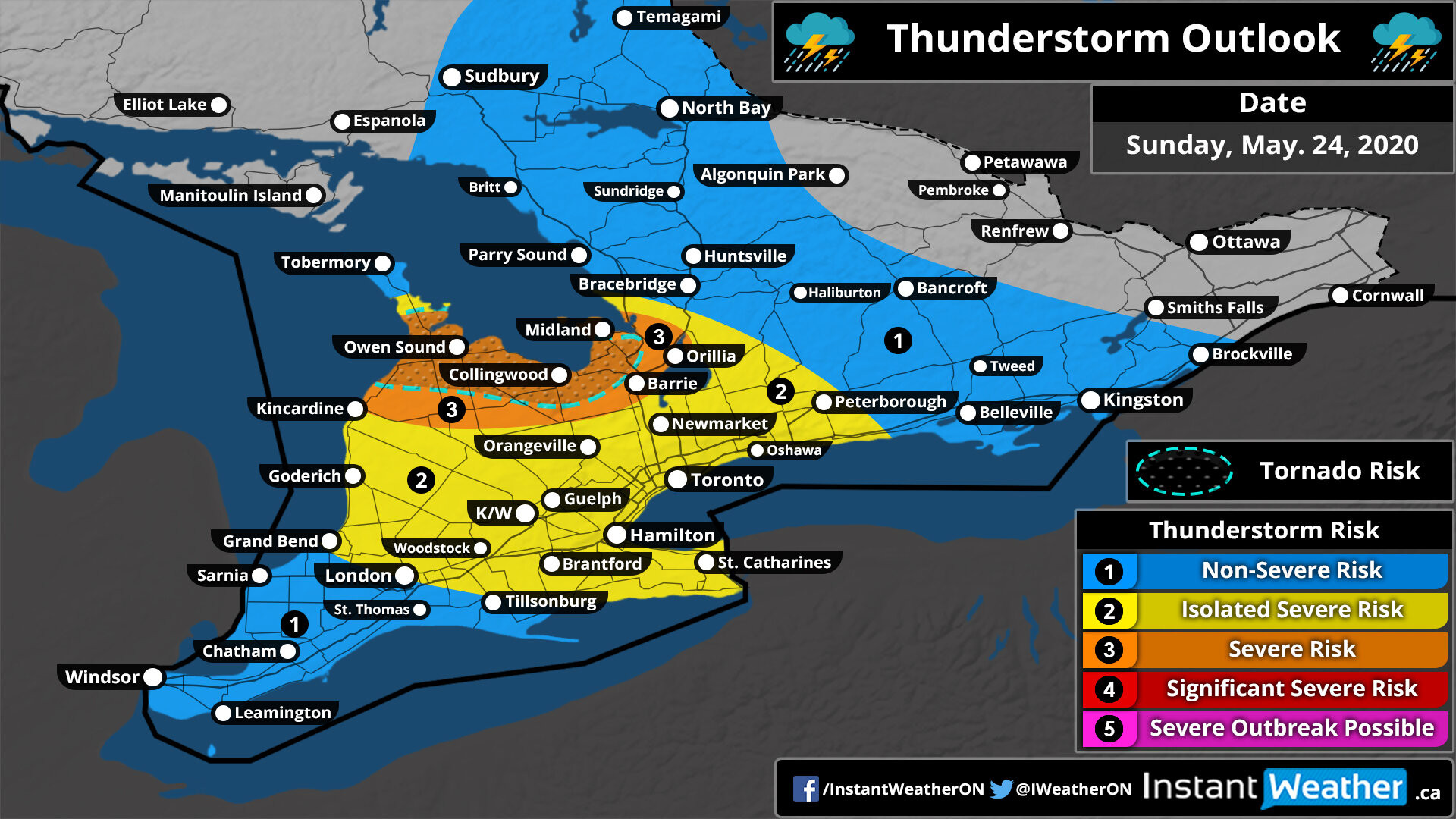The Minnesota Department of Revenue recently announced that more than $545 million in Child Tax Credits have been distributed to over 215,000 families so far this year. This initiative, designed to provide financial support to families with children, has significantly impacted the well-being of households across the state.
With most 2023 individual tax returns already processed, the department reported that over 215,000 taxpayers have claimed the new Child Tax Credit. This credit has benefited more than 437,000 children, with an average credit of $1,244 per child.
Minnesota's Example for the Nation
Governor Walz emphasized the importance of this credit: “This year, we have directly invested in the financial security and well-being of families throughout the state through our nationally leading Child Tax Credit. I am grateful that nearly 440,000 children have already benefited.
A Game Changer for Families
Lieutenant Governor Flanagan also highlighted the positive impact of this credit: “This historic tax credit is a significant change for Minnesota families. I am delighted to know that hundreds of thousands of families can live with a little less stress knowing there is extra money in the bank this year.
This credit will help Minnesotans pay for groceries, rent, or a new backpack for school, and this is just one of the ways we are making Minnesota the best state for children and families.”
Governor Walz’s Leadership
Revenue Commissioner Paul Marquart explained how Governor Walz’s leadership has been crucial to the success of this program: “Thanks to Governor Walz’s leadership, Minnesota’s Child Tax Credit has become an effective tool in our goal to reduce child poverty and make Minnesota the best place to raise a family.
The advance payment option he championed will make the credit even more effective, allowing parents to budget and use the money throughout the year.”
Eligibility and Income Requirements
Starting in the 2023 tax year, taxpayers may qualify for a $1,750 Child Tax Credit per eligible child, with no limit on the number of children claimed. This credit is refundable, meaning taxpayers can receive a refund even if they owe no taxes. To claim the credit, they must file an individual income tax return.
For more information on income requirements and qualifications, it is important to visit the Child Tax Credit website. Some of the basic requirements include:
- The child must be under the age of 17.
- The child must be claimed as a dependent on the taxpayer’s income tax return.
- The child must have a Social Security number.
- The child must live with the taxpayer for more than half of the year.
Additionally, those earning up to $80,000 may receive a partial payment. There are also payments for people claiming dependents, such as college students and seniors, who could receive $1,400 each.
Minnesota Leads the Way with Advance Payments
This option will allow parents to receive the credit money in intervals throughout the year instead of receiving it all at once when filing their returns. This measure seeks to offer greater financial flexibility to families, allowing them to better manage their annual budgets.
Key Takeaways and Next Steps
For those who may be eligible, it is essential to pay attention to the instructions provided by the IRS and the Minnesota Department of Revenue. Keeping tax data up to date and ensuring that tax returns are filed on time will be crucial to receiving the credit smoothly.
Minnesota’s Child Tax Credit has proven to be an essential tool for improving the quality of life for thousands of families. With more than $545 million distributed and a significant impact on reducing child poverty, this program stands as a national example to follow.
The advance payment option, which will be introduced in 2024, promises to offer even more benefits and flexibility to families, helping them better manage their finances and provide a more secure and stable environment for their children. If you have questions about your eligibility or the application process, be sure to consult with a tax advisor or visit the Child Tax Credit website for more information.


















